$50 pays for a porter to transport environmental education supplies to village schools.
$250 supports camera trap monitoring of snow leopards by local villagers.
$5,000 supports snare removal and anti-poaching programs in snow leopard habitat.
The strikingly beautiful but endangered snow leopard remains one of the world’s most mysterious cats. Rarely sighted, it inhabits the high mountains of Central Asia over an expansive twelve-country range.
Unfortunately, the snow leopard can come into conflict with the economic needs of the people who live in and around its habitat. These communities are largely pastoral, and snow leopards pose a threat to their livestock. When people move into the snow leopard’s traditional habitat, the big cat loses much of its traditional prey and then targets domestic stock. Snow leopards also carry valuable skins that can provide much-needed income to villagers, 40% of whom live at the poverty line.
Snow Leopard Conservancy (SLC) engages local people and builds on their traditional beliefs to create harmony between people and the endangered snow leopard. Its creative programs serve as a model for community-based conservation and bolster the snow leopard’s chances for survival.
Dr. Rodney Jackson grew up in a thatched house in South Africa with no plumbing and kept himself occupied watching antelope and leopards. After studying zoology, Rodney went to Nepal to photograph snow leopards. What he found in Nepal, however, was the skinned carcass of a snow leopard. It was this experience that convinced him he should spend his life protecting these great cats.
With more than 30 years of field experience, Rodney is now one of the world’s foremost experts on the snow leopard. He was the first to radio-collar a snow leopard and has spent countless hours tracking the cats through their rugged home.
In his early career, Rodney felt lucky to catch a glimpse of a snow leopard once every few years. That is now changing. On a February 2013 trip to Ladakh the group Rodney was accompanying had six snow leopard sightings in just four days.
Although it is illegal to trade in snow leopards or their body parts internationally, as the snow leopard has been included in Appendix I of the Convention on International Trade of Endangered Species (CITES), poaching is considered a key threat. SLC has worked to ensure all twelve range countries have laws that prohibit hunting or trading snow leopards.
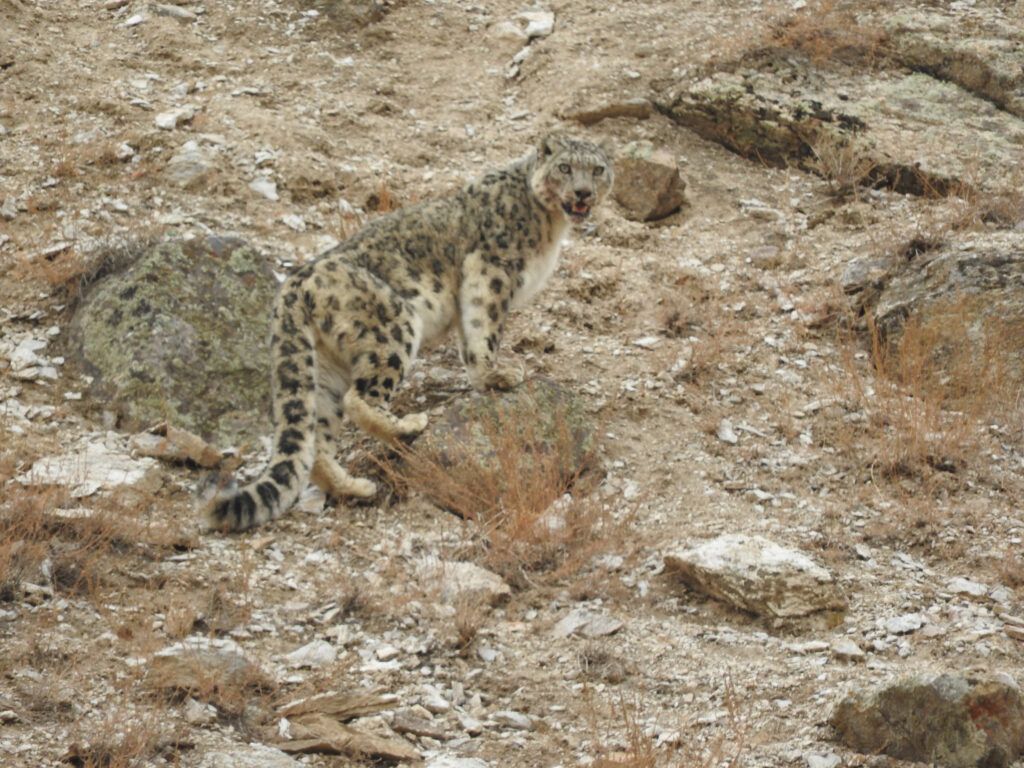
To reduce conflict between snow leopards and livestock herds, SLC helps raise funds for “predator-proof” corrals. A predator-proof corral must have sturdy, high walls and must have the top covered by an impenetrable material, usually chain link fencing, preventing snow leopards from leaping over the walls and entering the corral. This prevents the loss of livestock and reduces the retaliatory killing of snow leopards.

The Snow Leopard Conservancy pioneered the use of non-invasive, remotely-triggered camera traps to document snow leopards in the Himalayas. They also use radio-telemetry and fecal genotyping to gather detailed information on habitat preferences, movement patterns, prey densities, and social interactions. This allows SLC to better estimate snow leopard population size and conservation interventions.
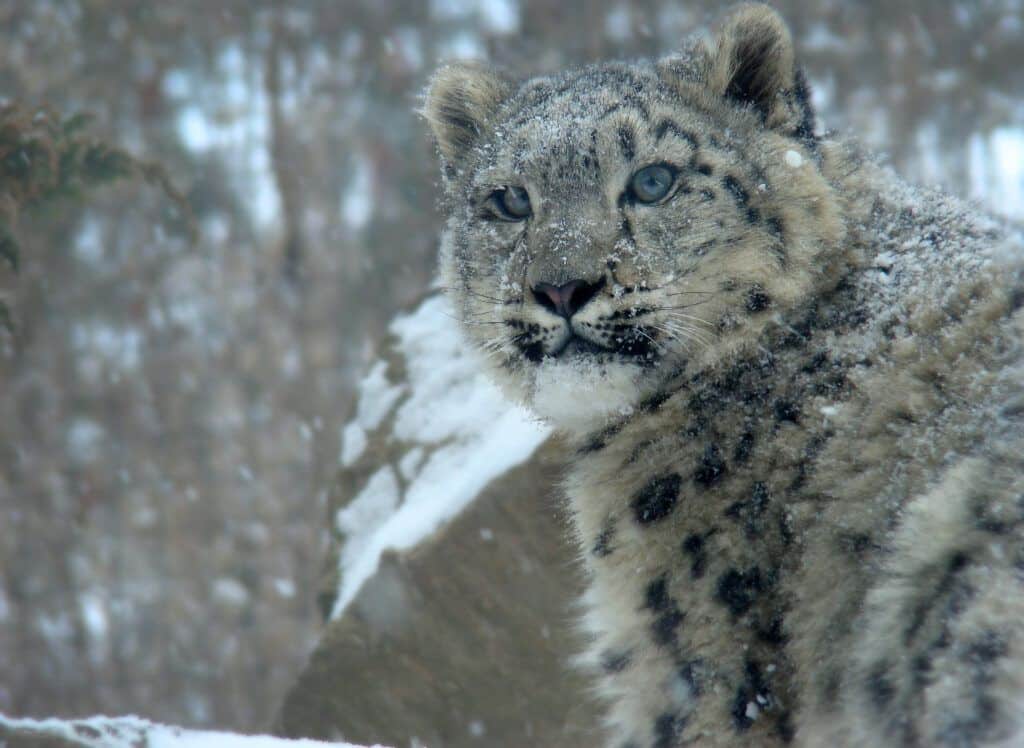
SLC currently works across eight snow leopard range countries with local communities to provide locally led education programs. In Mongolia, SLC’s partners created an innovative “Nomadic Nature Trunk” program, a mobile education project that brings activity-based instruction in natural sciences and environmental conservation to rural Mongolian schools and communities.
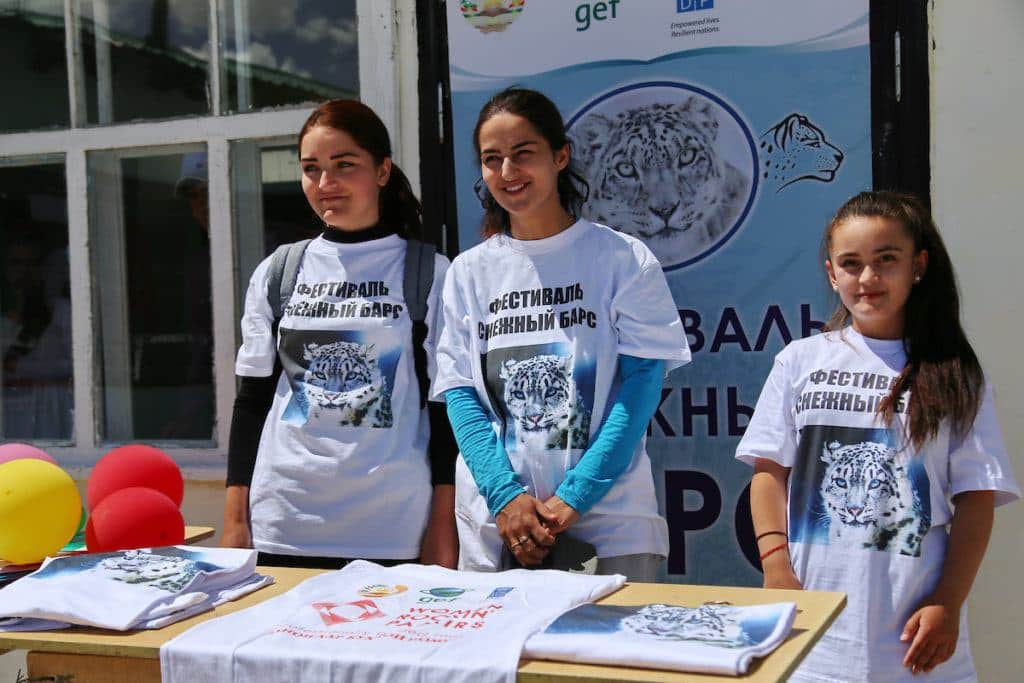
SLC’s Himalayan Homestays are village-based immersions that share traditional ways of life in the high Himalayas with travelers. Homestays are a prime example of eco-friendly and socially responsible tourism, providing the visitor with a once in a lifetime memory and their host a means to generate substantial income. This changes local peoples’ perceptions of the snow leopard from a pest into an asset, better alive than dead.
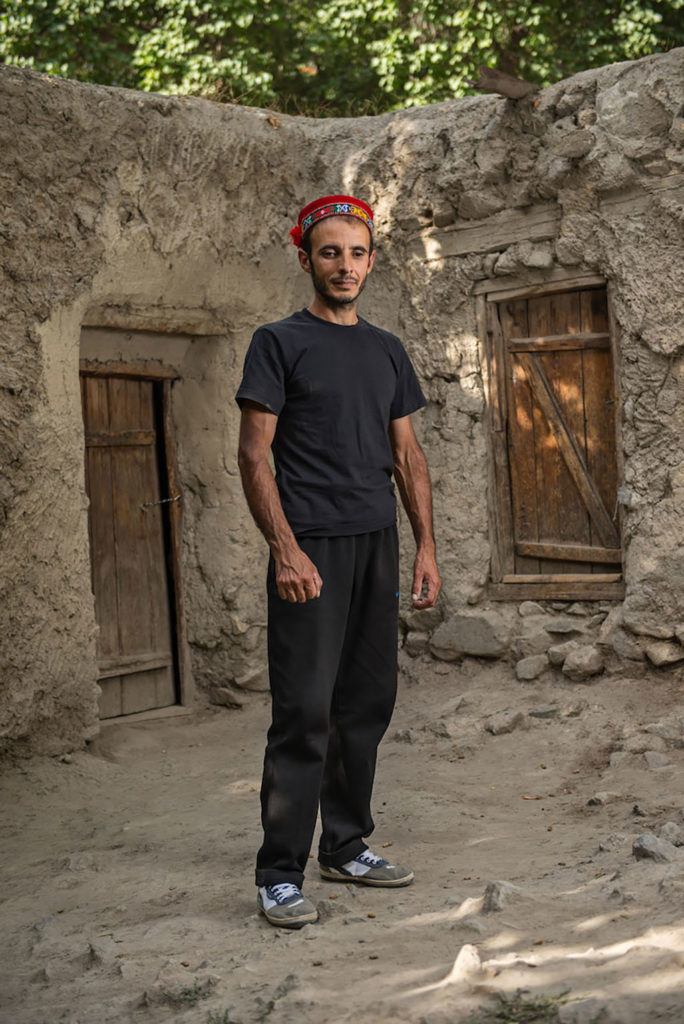
SLC helped draft the Bishkek Declaration with leaders across the governments of snow leopard range states: Afghanistan, Bhutan, China, India, Kazakhstan, Kyrgyzstan, Mongolia, Nepal, Pakistan, Russia, Tajikistan, and Uzbekistan. These leaders have to come together as the custodians of the world’s snow leopards and the valuable high-mountain ecosystems they inhabit, with the shared goal of conserving snow leopards and their fragile habitats.
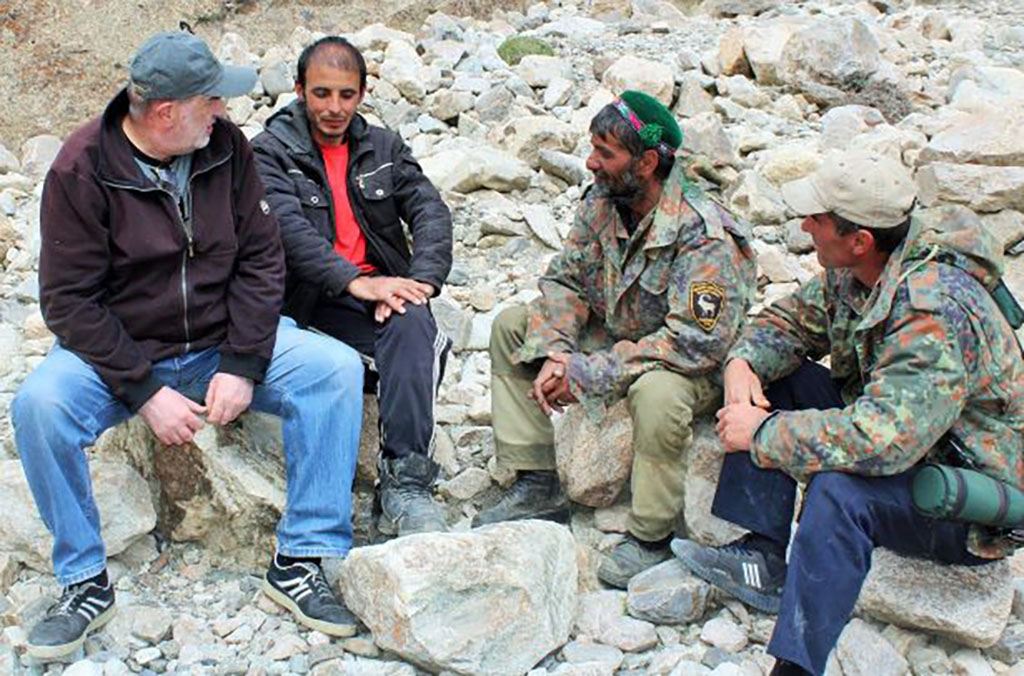
The Land of the Snow Leopard Network is a coalition of Indigenous Cultural Practitioners (ICPs) who live and work in snow leopard habitat. The network merges western science with traditional ecological knowledge, empowers ICPs to be co-leaders in conservation, revitalizes ancient ceremonies to honor the snow leopard, and establishes sacred sites as snow leopard education centers.

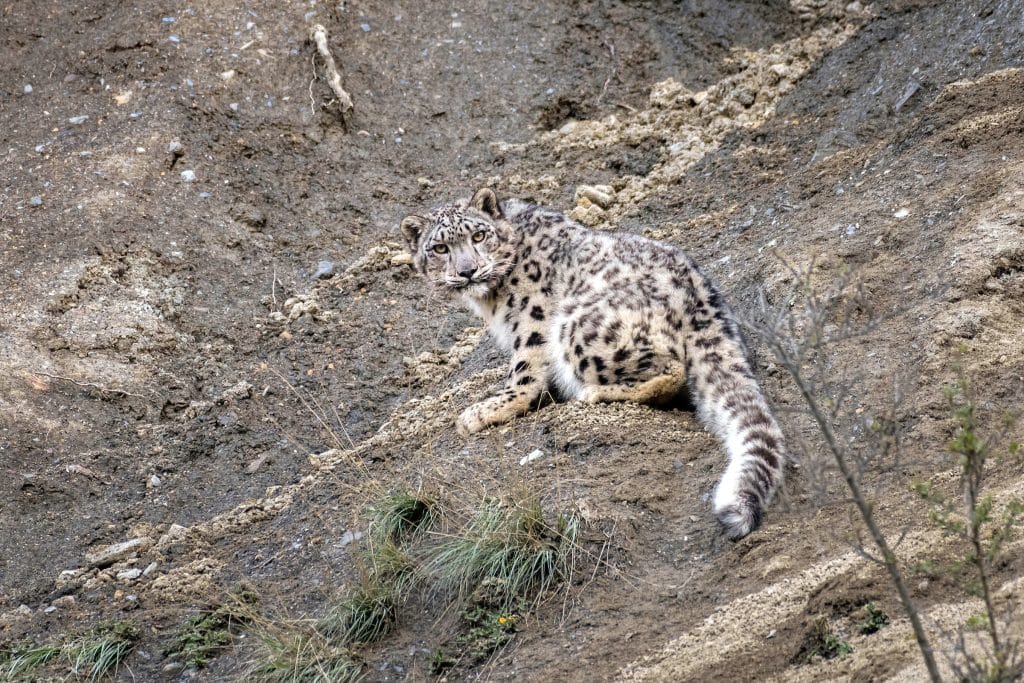
Although it is illegal to trade in snow leopards or their body parts internationally, as the snow leopard has been included in Appendix I of the Convention on International Trade of Endangered Species (CITES), poaching is considered a key threat. SLC has worked to ensure all twelve range countries have laws that prohibit hunting or trading snow leopards.
To reduce conflict between snow leopards and livestock herds, SLC helps raise funds for “predator-proof” corrals. A predator-proof corral must have sturdy, high walls and must have the top covered by an impenetrable material, usually chain link fencing, preventing snow leopards from leaping over the walls and entering the corral. This prevents the loss of livestock and reduces the retaliatory killing of snow leopards.
The Snow Leopard Conservancy pioneered the use of non-invasive, remotely-triggered camera traps to document snow leopards in the Himalayas. They also use radio-telemetry and fecal genotyping to gather detailed information on habitat preferences, movement patterns, prey densities, and social interactions. This allows SLC to better estimate snow leopard population size and conservation interventions.
SLC currently works across eight snow leopard range countries with local communities to provide locally led education programs. In Mongolia, SLC’s partners created an innovative “Nomadic Nature Trunk” program, a mobile education project that brings activity-based instruction in natural sciences and environmental conservation to rural Mongolian schools and communities.
SLC’s Himalayan Homestays are village-based immersions that share traditional ways of life in the high Himalayas with travelers. Homestays are a prime example of eco-friendly and socially responsible tourism, providing the visitor with a once in a lifetime memory and their host a means to generate substantial income. This changes local peoples’ perceptions of the snow leopard from a pest into an asset, better alive than dead.
SLC helped draft the Bishkek Declaration with leaders across the governments of snow leopard range states: Afghanistan, Bhutan, China, India, Kazakhstan, Kyrgyzstan, Mongolia, Nepal, Pakistan, Russia, Tajikistan, and Uzbekistan. These leaders have to come together as the custodians of the world’s snow leopards and the valuable high-mountain ecosystems they inhabit, with the shared goal of conserving snow leopards and their fragile habitats.
The Land of the Snow Leopard Network is a coalition of Indigenous Cultural Practitioners (ICPs) who live and work in snow leopard habitat. The network merges western science with traditional ecological knowledge, empowers ICPs to be co-leaders in conservation, revitalizes ancient ceremonies to honor the snow leopard, and establishes sacred sites as snow leopard education centers.
by SLC and their partners to improve the well-being of animals and people
to reduce the spread of disease to wildlife, particularly the 300 snow leopards living in Nepal
$50 pays for a porter to transport environmental education supplies to village schools.
$250 supports camera trap monitoring of snow leopards by local villagers.
$5,000 supports snare removal and anti-poaching programs in snow leopard habitat.